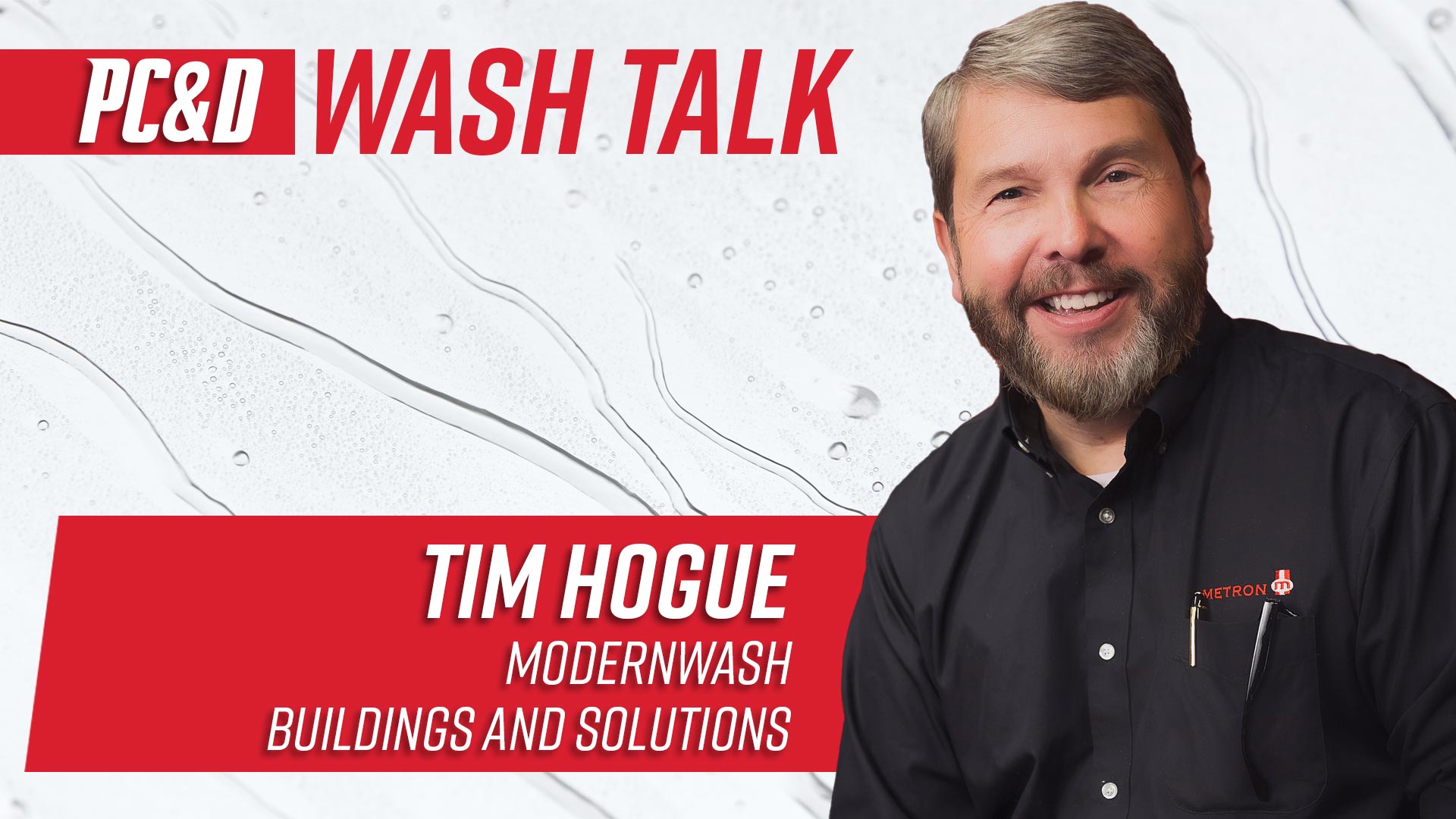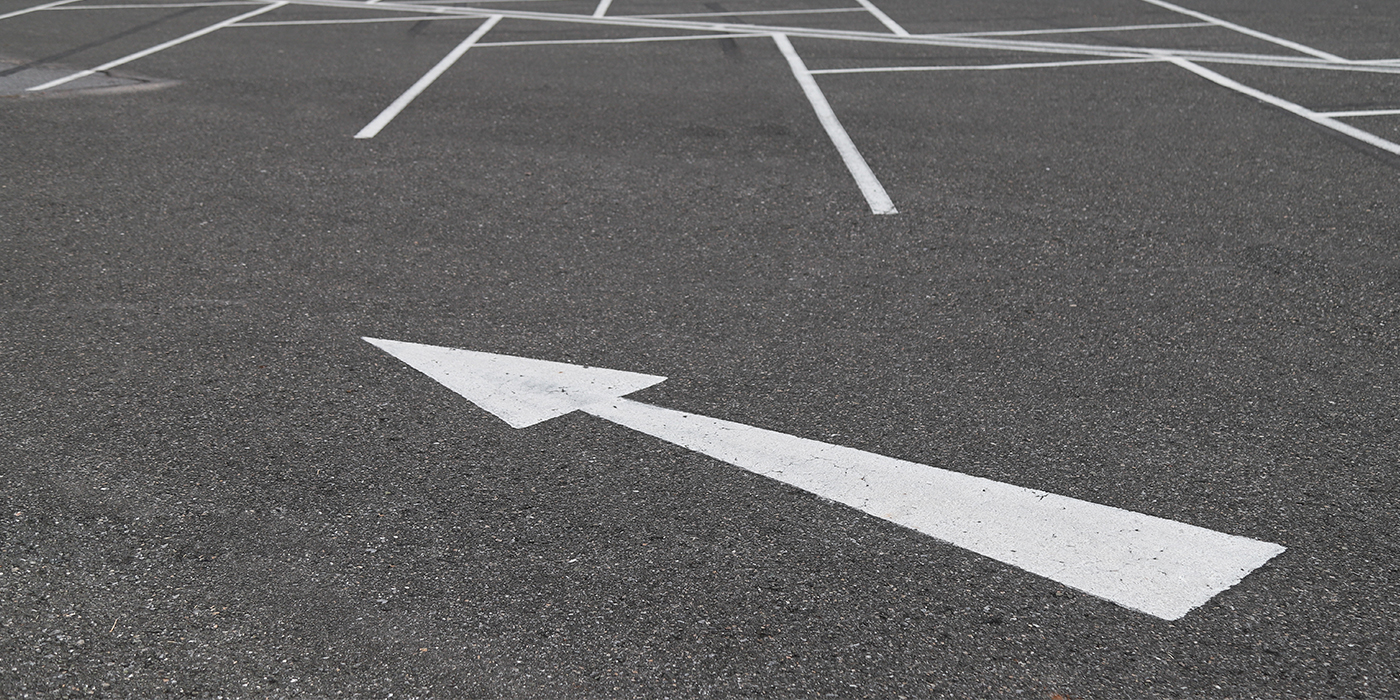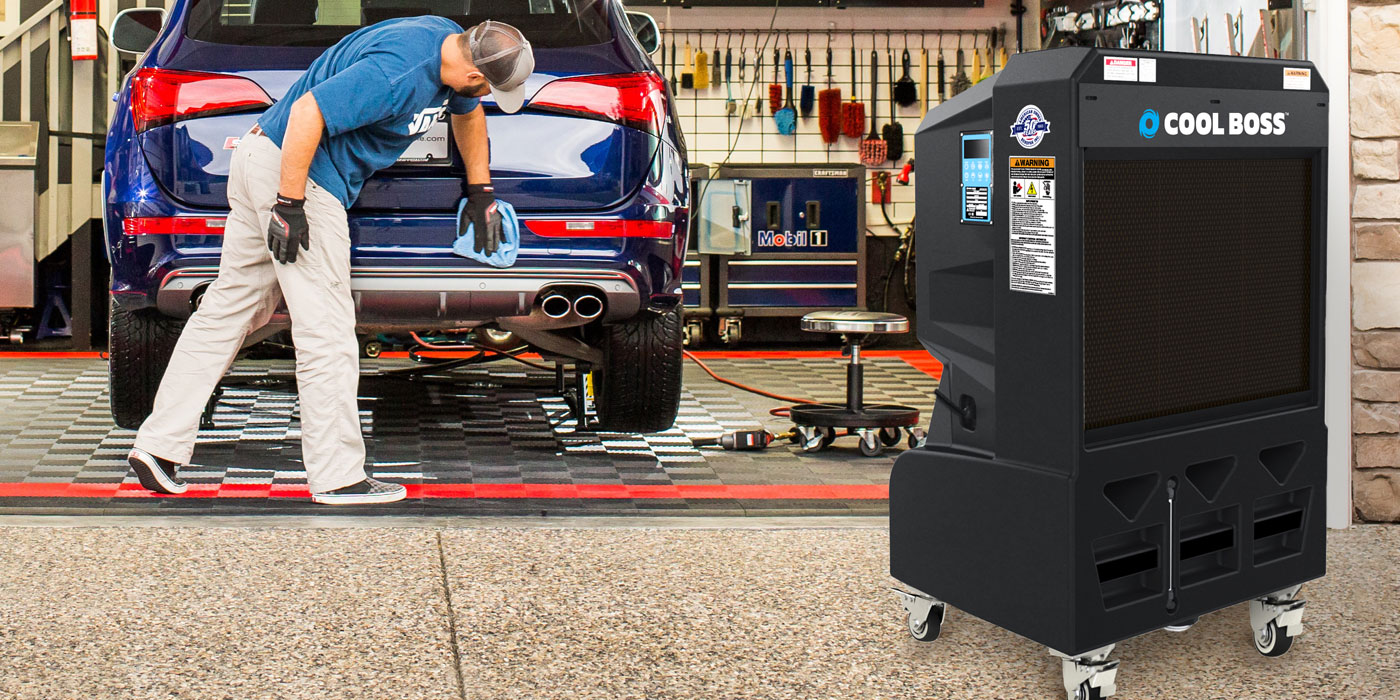One could argue that your marketing efforts do not stop, well, ever. From ad placement to word-of-mouth or online reviews, your carwash today is scrutinized at every turn. And for the intents and purposes of this article, let’s focus on some of those literal turns your marketing efforts can take, such as the ones performed by customers while on your site.
Site selection and design, according to experts we interviewed for this article, are extremely important business decisions for a new or expanding carwash. We will take a practical look, mostly from the customer’s point of view, to see how your location’s layout can lead to both positive and negative impressions about your overall carwash and service offering.
On-site marketing
A potential customer’s decision to visit your carwash often starts just before he or she pulls in or passes you right by. “The marketing starts at the street,” interjects Timothy Hogue, president of Modernwash Inc. As a result, you will want to focus heavily on the appearance and functionality of your carwash as a form of lead generation.
According to Christopher Crawford of Car-Wash-Architect.com, operators can grab a potential customer’s attention with highly attractive, unique-looking buildings, lots of color and professional signage. “At the same time, it also has to be a fun and enjoyable experience without any frustration or stress on the customer’s part. To accomplish this, the site layout has to be customer-friendly with easy ingress/egress, great navigation throughout the site, ease to pay and load onto the conveyor and a brightly-lit and clean tunnel (great lighting and/or natural light via windows),” he adds.
Your carwash’s on-site marketing also includes such areas as landscaping, appealing/informative negative spaces, entrances/exits, wideness of your prep and wash areas and tunnel height. Other memorable aspects of your wash’s layout are its traffic circulation and patterns.
“We found, while conducting exit polls, especially among the female [respondents], that they are very conscious of real tight turns and they don’t like to feel claustrophobic,” says Hogue, adding that if the site was designed with tight radiuses and lanes, as examples, it gives a customer a reason not to return. “You shouldn’t ever give the customer a reason not to come back. [Design your site to] have nice, big turns, good entrance angles, nice wide lanes, spacious queue areas and generous radiuses for comfortable turning.”
The height of the building is also an important factor. Tall buildings, while providing a spacious, comfortable experience for the customer, can also feature signage for oncoming traffic to see in advance when placed strategically high.
With taller buildings come cleaning challenges, but Trent Clark, owner of A Plus Design Group, explains the importance of site and building cleanliness for the customer experience. “You have to keep it clean,” he advises. “People do remember how clean your tunnel is and you only get one chance to make a good first impression. You can’t be the dirty carwash in town because people will pass you up for newer, shiner [and] better type carwashes in town.”
A fine touch
While on-site, lines of sight and openness are critical, especially when it comes to landscaping and negative spaces. A carwash, when operated correctly, can provide a distinctive, positive experience for customers. This end can be achieved with more visually-appealing features in the areas of directional signage, landscaping and negative spaces.
Attractive landscaping and foliage can be used to soften what Hogue notes are the negative spaces of your carwash, such as pay stations. “When operators are looking at a site, they tend to try and maximize the space but, in some instances, they [fill it up] too much. Some of the main areas that are often overlooked are the negative spaces, such as islands, medians and curb areas,” he notes, adding that all these areas play a role, albeit minimized, at your wash and, therefore, need to be given proper consideration during design.
In order to add appeal to these areas and provide a more upscale appearance, Hogue suggests terrace-style landscaping. “Sometimes when operators think about these areas during site design, they don’t consider softening them with attractive landscaping,” he continues. “A carwash can really stand out from its competition by not doing the old school, commercial look, but instead add more softening elements around these hardscape areas.”
Site design also includes large, visible and reflective directional signage. This signage should be highly visible and easy to understand so that customers can almost auto-navigate through the site without the help of an attendant.
“A key feature of a well thought out site layout is making the customers go where you want them to go with little or no direction, meaning easy navigation with clear indicators and visual clues of where they need to stack, pay, enter the tunnel, locate the vacuum spaces or full-service/detailing areas and, finally, exit the property,” says Crawford.
Practical operational benefits
In addition to featuring wide lanes and spacious prep, wash and waiting areas as well as attractive features to enhance the customer experience, these modern site design recommendations also have several practical security and operational benefits. Informative, easy-to-understand signage, for instance, can help you process more cars throughout the day and reduce personal safety risk for customers and employees.
“When it comes down to simple security, a site needs to be open and designed so the operator can see the [entire site],” explains Clark. “This also benefits the customers because they feel that they are in a secure, open place and not in a dark area [where] they might not feel too comfortable.”
In Clark’s opinion, more focus should be placed on operations during site design and selection. For example, when trucks deliver supplies, such as chemicals, during hours of operation, can they load/unload without interfering with site circulation and customers? Even better for Clark, he believes that these aspects of the business should be out of sight and out of mind for customers.
“With an excellent layout, traffic flow throughout the site is enhanced, increasing functionality and safety for both customers and employees and will streamline operations easing the burden of management,” explains Crawford. “With the proper layout, even the number of employees can be reduced without affecting operations, thus reducing overhead.”
Measuring investments and returns
If you are looking to build on a new location and are currently researching land for sale, it is best to research the area and local competition, typically within a three-mile radius. The other important factor, suggests Clark, is site size. “You want to give your business enough room to grow,” he says. “It’s a fast-moving, competitive industry so you must prepare ahead of time. Also, make sure there are plenty of rooftops around you and determine whether or not the neighborhood you are considering is developing or becoming rundown.”
And, Crawford reminds new and seasoned carwash professionals that when it comes to site selection, it’s no time to penny-pinch. “Never be cheap when choosing a property,” he asserts. “Premier sites typically come with high price tags, but they are more often than not worth every penny. Remember, a great site location will reward you year after year.”
While measuring a return on the investments in site design, such as landscaping and lighting, might prove challenging, those we interviewed for this article have some perspective on this topic.
“I guess at the end of the day, one way to measure a return on investment when incorporating these softer, higher end elements is to determine if you increased sales of your higher priced packages. The [customers] that will respond to these [site design strategies] will typically buy your upper two wash packages because they enjoy the experience and don’t mind spending money on things that reinforce a positive feeling in their day,” says Hogue.
Customers want a nice, easy visit to the carwash without risk or fear of damage or cramped spaces. Make sure your new or improved site is spacious, inviting and easy to navigate. Concentrate on the back-end with operations and limiting interruption to the business. Once you have modern, attractive site features, keep up with maintenance and cleaning. Finally, as mentioned previously, don’t ever give customers a reason not to come back when it comes to your site’s design and selection.
Sidebar: Site selection and analysis
Harvey Miller of Car Wash/Oil Lube Consultants, which offers consulting services on site selections and analyses across the country, provided the following checklist titled, “Site Selection and Analysis of Unimproved Real Estate,” which he uses as a guide when assessing properties for conveyor washes. Below is a partial sampling of Miller’s entire checklist.
Site selection checklist
- Current demographics — one-, three- and five-mile radius
- Current zoning; what entitlements are required?
- Property size (acreage) and actual dimensions
- Approximate length of tunnel and space available for vacuum pads, queuing lanes and finishing area (if required)
- Visibility/exposure
- Traffic count and traffic speed
- Competing carwashes — three-mile radius — not including service station and self-serve washes
- Cost of property or ground rental
- Check with planning department to determine required entitlements, permits, setbacks, etc.
- Review preliminary title report to determine recorded easements
- Utility and sewer locations
- Existing grades (high or low)
- Off-site improvement requirements
- Viable for express exterior, full-service, flex-service or self-service?
- Should you proceed, go forward? And, what should you expect?














